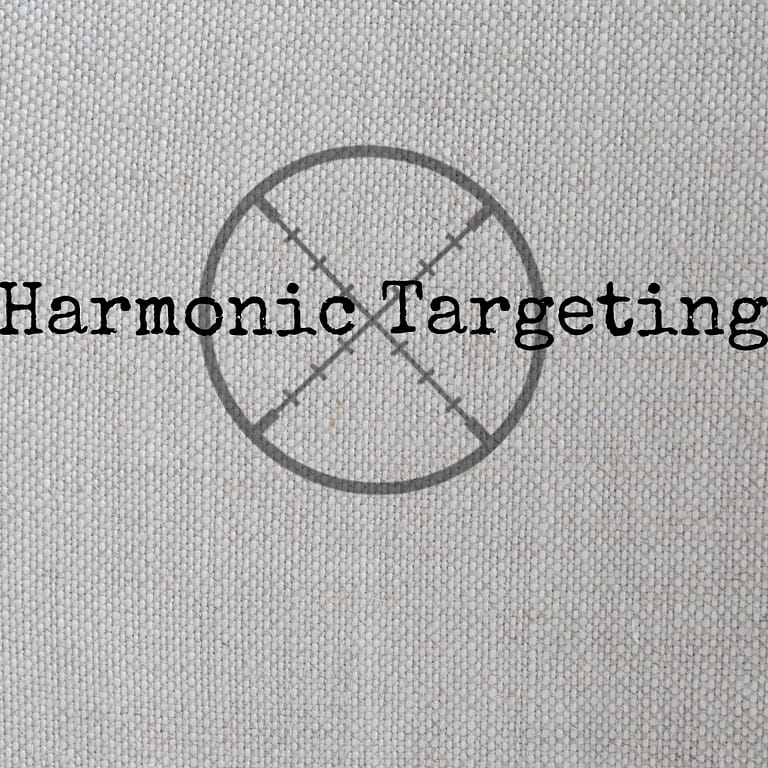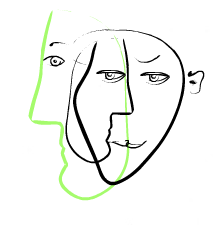Whole Tone Combinations
Lately I have been working on my whole tone scales and wanted to share an interesting sound with all of you. I am sure most of you have worked on your whole tone scales and know what they are. If not, they are rather simple and I would suggest you learn them. Since whole tone scales are symmetrical, there are only two of them. A whole tone scale is exactly what it sounds like: a scale made up entirely of whole steps. Below is an example that shows the two versions of the whole tone scale.

I did not want this post to be about whole tone licks, but rather opening a door for you to explore new combinations and the sounds that come with it. I believe far too many musicians learn their whole tone scales, a few whole tone licks and then never revisit them. When you combine the two whole tone scales together you get an interesting “outside” sound that is organized. It does not matter how you combine them. For starters, try combining them in a scale-like manner like the example below:

The above example could create some interesting digital pattern lines if you combined it with other tools like rhythmic creativity or targeting principles. Another way to combine them is by starting a line in one whole tone area and throwing part of the other in half-way through.

Or you can take standard whole tone licks and combine them together. The example below starts with a familiar whole tone lick and then ends with a descending scale of the other whole tone scale (which targets the “C”).

During the week I want to challenge you to find different creative ways to combine the two whole tone scales. Besides being a great ear-training exercise, you might find some combinations that will add a creative spark to your improvisations!





